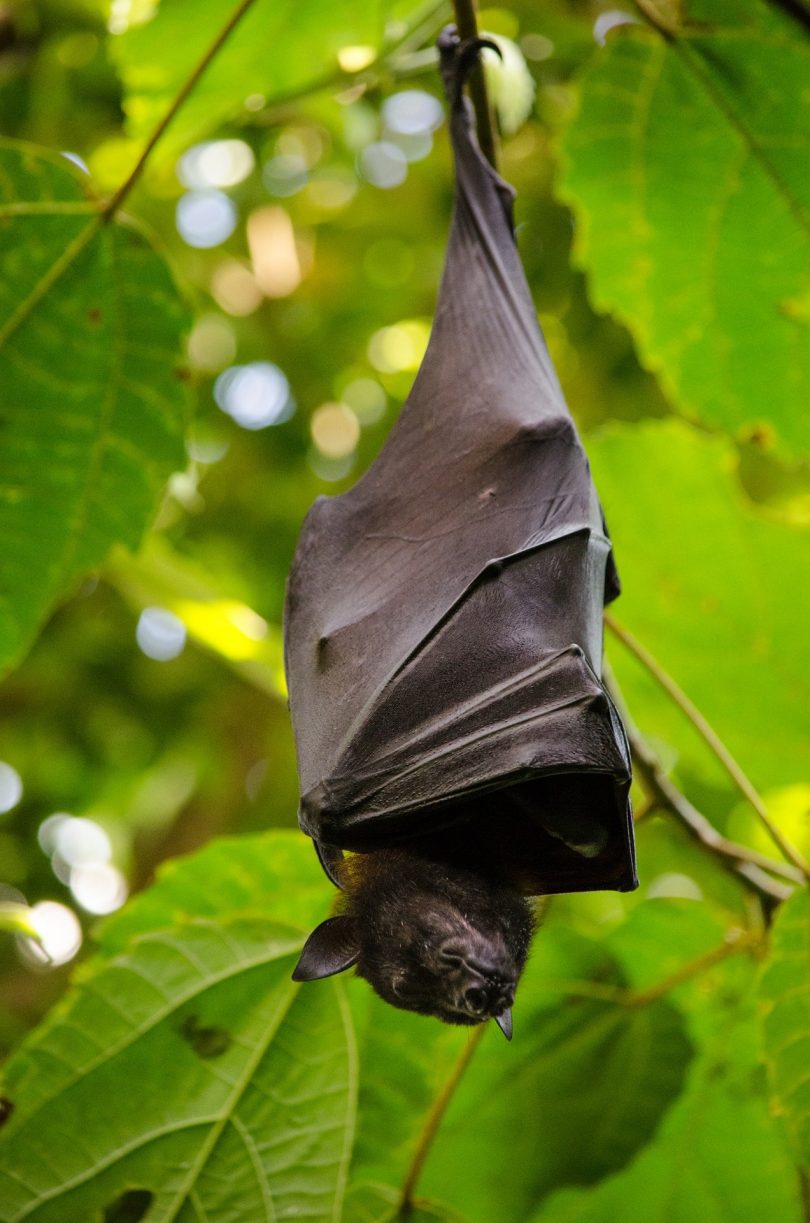Cannabis plants require nutrients. How cultivators use nutrients determine whether their harvest is a trick or treat.
Plant fertilizers (organic and otherwise) are marked with three numbers in succession (e.g., 10-5-5). These refer to percentages (%) of nitrogen (N), phosphorous (P), and potassium (K), respectively. Usually it’s an ensemble, but sometimes it’s a solo act (e.g., 0-0-15). These are the three musketeers of cannabis nutrition — and our trick-or-treaters of the evening — the N–P–K.
Nitrogen (N)
Cannabis plants use nitrogen to help form proteins and chlorophyll. Nitrogen also boosts the uptake of other nutrients. Overall, nitrogen helps drive vegetative growth, development, and size. [1,2] Plants primarily rely on nitrates (e.g., calcium nitrate) for nitrogen. Organic fertilizers with nitrogen include bat guano and blood meal.
Nitrogen should be raised for cannabis vegetation and reduced for cannabis flowering. Excess nitrogen has been found to reduce tetrahydrocannabinol (THC) content. [3] A 2017 study found that although high levels of nitrogen during flowering significantly increased cannabis yield, cannabinoid content was lower in dry flowers; the recommended rate was 212–261 milligrams per nanoliter. [4]
Beware: too much nitrogen leads to excess vegetation, deeply dark-green leaves, and weak stems. Deficient nitrogen displays poor growth, leaves that gradually yellow and die, and low yield. [1,2,5] Spooky, indeed.
Phosphorus (P)
Phosphorus helps with root and flower formation. It also plays a role in plant metabolism. Cannabis cultivators may start phosphorous relatively high, lower it during vegetation, and increase it again during flowering. [2] Phosphate rock and monopotassium phosphate are common phosphorus fertilizers.
A 1977 study found that phosphorous deficiency led to a significant decrease in THC content. [6] A recent 2019 study in Applied Science echoed this finding. [7] Nonetheless, another 2019 study reported more nebulous cannabinoid outcomes relative to phosphorous treatment. [8] Phosphorous-deficient plants may exhibit reddish veins and purplish splotches with some necrosis. [2,5] Injured or inhibited roots may struggle for sufficient phosphorous.
Potassium (K)
Potassium aids the cannabis plant by helping to regulate cellular water pressure, open/close the stomata, and activate key enzymes. Sulfate of magnesium potash (Sul-Po-Mag) and potassium chloride are among the most common sources.
Like phosphorus, potassium should also increase at flowering. A complete N-P-K fertilizer or a potassium-only solution is viable against potassium deficiency. [2,5-7] Too much potassium spells doom: cells flood with water, drown, and rot. Not enough potassium is equally troublesome: leaves yellow and take on a rusty necrosis. [2, 5]
N-P-K is this Halloween’s trick-or-treat trio. Be generous… but not too generous. Otherwise, the harvest can become a nightmare.
References
- Leghari, S., et al. “Role of Nitrogen for Plant Growth and Development: A Review.” Advances in Environmental Biology, 10, no. 9, 2016, pp. 209-218. Journal Rank = 01.22, Times Cited = 26 (ResearchGate)
- Cervantes, J. Marijuana Horticulture: The Indoor/Outdoor Medical Grower’s Bible, edited by L. Meyer, Van Patten Publishing, 2006.
- Bócsa, I., et al. “Effect of Nitrogen on Tetrahydrocannabinol (THC) Content in Hemp (Cannabis sativa ) Leaves at Different Positions.”Journal of the International Hemp Association, vol. 4, no. 2, 1997, pp. 78 -79. Journal Impact Factor = N/A, Times Cited = 27 (ResearchGate)
- Caplan, Deron, et al. “Optimal Rate of Organic Fertilizer during the Flowering Stage for Cannabis Grown in Two Coir-Based Substrates.” HortScience, vol. 52, no. 12, 2017, pp. 1796–1803., doi:10.21273/hortsci12401-17. Journal Impact Factor = 0.830, Times Cited = 6 (ResearchGate)
- Cockson, Paul, et al. “Characterization of Nutrient Disorders of Cannabis Sativa.” Applied Sciences, vol. 9, no. 20, 2019, p. 4432, doi:10.3390/app9204432. Journal Impact Factor = 2. 217
- Coffman, C. B., and W. A. Gentner. “Responses of Greenhouse-Grown Cannabis Sativa to Nitrogen, Phosphorus, and Potassium.” Agronomy Journal, vol. 69, no. 5, 1977, p. 832, doi:10.2134/agronj1977.00021962006900050026x. Journal Impact Factor = 1.614, Times Cited = 8 (ResearchGate)
- Bernstein, Nirit, et al. “Impact of N, P, K, and Humic Acid Supplementation on the Chemical Profile of Medical Cannabis (Cannabis Sativa L).” Frontiers in Plant Science, vol. 10, 2019, doi:10.3389/fpls.2019.00736. Journal Impact Factor = 4.298, Times Cited = 1 (ResearchGate)








